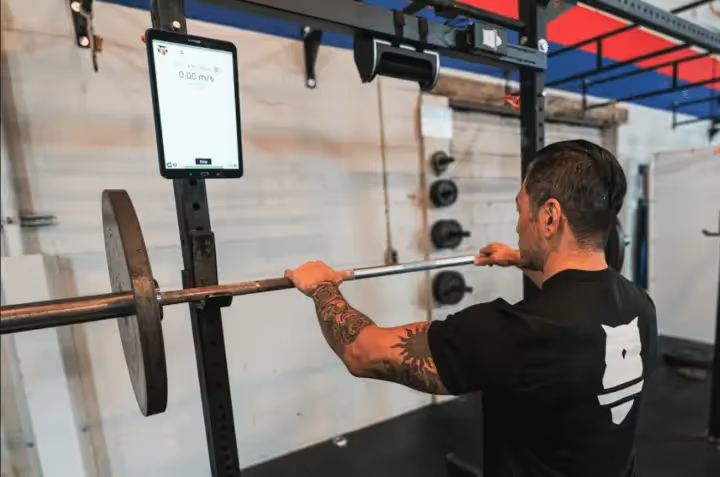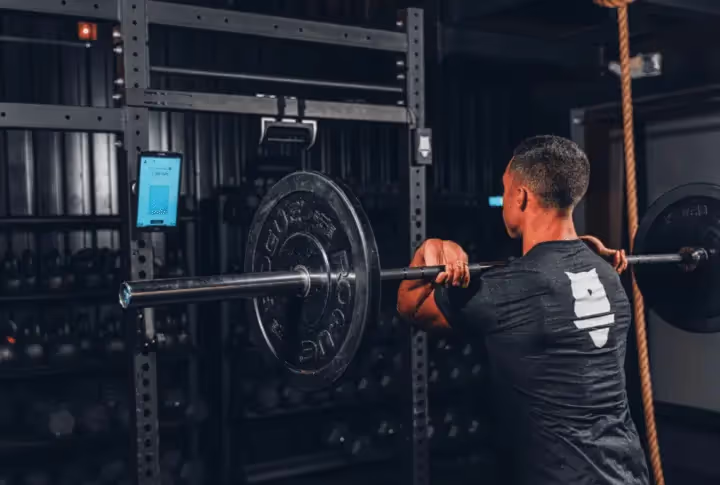Tracking Fatigue With VBT
There are many ways strength and conditioning coaches can monitor athletes readiness or fatigue levels. Force plates and vertical jumps and grip strength measures for objective data. And subjective methods like daily questionnaires and rate of perceived exertion (RPE) scales. Tracking fatigue with VBT is a growing area of research too. Deviations from an individual’s baseline on any given day can dictate the need of the training load or volume for that day to fluctuate up or down. The main reason to check athlete readiness in a weight room is to assess that fatigue and understand how a program may need to be altered to accommodate it. Knowing this we must take it upon ourselves to make sure we are prescribing the most accurate training load and volume we can to our athletes. That way we may decrease the incidence of overtraining or under training.
A READINESS ASSESSMENT WITH VBT
To follow up on our post of impacting on-field performance, we wanted to have this post focus on performance and assessment within the weight room. Velocity based training can help assess fatigue both in-sessions and by a separate assessment. There are two considerations for the best way to assess fatigue with VBT:
- Consistency is key! You will need to gather consistent data for each athlete to understand when they are ready to go, fatigued, or in danger of overtraining. The only way to do this is by tracking it consistently.
- Jump squats are the quickest way to implement testing. Not only will you get real time feedback for how fatigued an athlete is, but this is stored in the cloud. In this way you can track longitudinal data to understand deviations from the baseline. And as a bonus you’ll get a quick explosive movement in pre-lift.
We recommend a dowel or barbell squat jump depending on the training age of the athlete. One attempt, three jumps, and then make your assessment and get to lifting.
Readiness assessments can also take place during the lift. If an athlete is consistently underperforming on their set velocity with a weight they typically can do, it is likely that they are fatigued and you can assess that during the lift in real time.
CONCLUSION
One of the biggest benefits of an objective data output is how quick and easy it is to understand athlete performance capabilities daily. Tracked over time, you get a really good understanding of readiness and fatigue, and can use that data in conjunction with on-field training plans to program effectively. In this way we can prevent overtraining and injury and continually improve athlete performance. This is true for both in the weight room and on the field of play.
FOLLOW US!
Keep checking back for more velocity based training content, tips, tricks, and tools. And don’t forget to follow us on Twitter , Instagram and LinkedIn and like us on Facebook . And more on our YouTube Page!
Read more about Perch here! And check out Product Videos here. And our support website here.
Back to basics? Review the origins of VBT and Strength Training!
SOURCES:
- Micklewright D, Gibson ASC, Gladwell V, Salman AA. “Development and Validity of the Rating-of-Fatigue Scale.” Sports Medicine. March 2017.
- Thorpe, R. T., Atkinson, G., Drust, B., & Gregson, W. (2017). Monitoring fatigue status in elite team-sport athletes: Implications for practice. International Journal of Sports Physiology and Performance, 12, 27–34.
- Taylor, J. L., Amann, M., Duchateau, J., Meeusen, R., & Rice, C. L. (2016). Neural contributions to muscle fatigue: From the brain to the muscle and back again. Medicine and Science in Sports and Exercise.
- Sánchez-Medina, L., & González-Badillo, J. J. (2011). Velocity loss as an indicator of neuromuscular fatigue during resistance training. Medicine and Science in Sports and Exercise, 43(9), 1725–1734.
- Spiteri, T., Nimphius, S., Wolski, A., & Bird, S. (2013). Monitoring neuromuscular fatigue in female basketball players across training and game performance. Journal of Australian Strength and Conditioning, 21(S2), 73–74.
- Flanagan2, M. J. & D. E. P., & 1Hammarby. (2015). RESEARCHED APPLICATIONS OF VELOCITY BASED STRENGTH TRAINING Mladen. Journal of Australian Strength and Conditioning, 23(7), 58–69.
- Thorpe, R. T., Atkinson, G., Drust, B., & Gregson, W. (2017). Monitoring fatigue status in elite team-sport athletes: Implications for practice. International Journal of Sports Physiology and Performance, 12, 27–34.
- Bourdon, P. C., Cardinale, M., Murray, A., Gastin, P., Kellmann, M., Varley, M. C., … Cable, N. T. (2017). Monitoring Athlete Training Loads : Consensus Statement Monitoring Athlete Training Loads : Consensus Statement. International Journal of Sports Physiology and Performance, 12(May), 161–170.
- Taylor, K., Chapman, D., Cronin, J., Newton, M., & Gill, N. (2012). Fatigue monitoring in high performance sport: a survey of current trends. J Aust Strength Cond, 20(1), 12–23

Start Gathering Data With Perch Today!
Reach out to us to speak with a representative and get started using Perch in your facility.

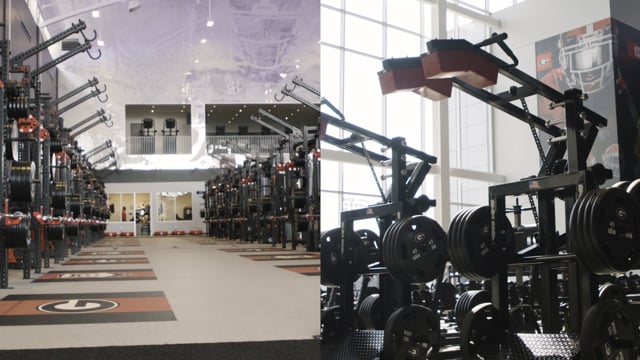







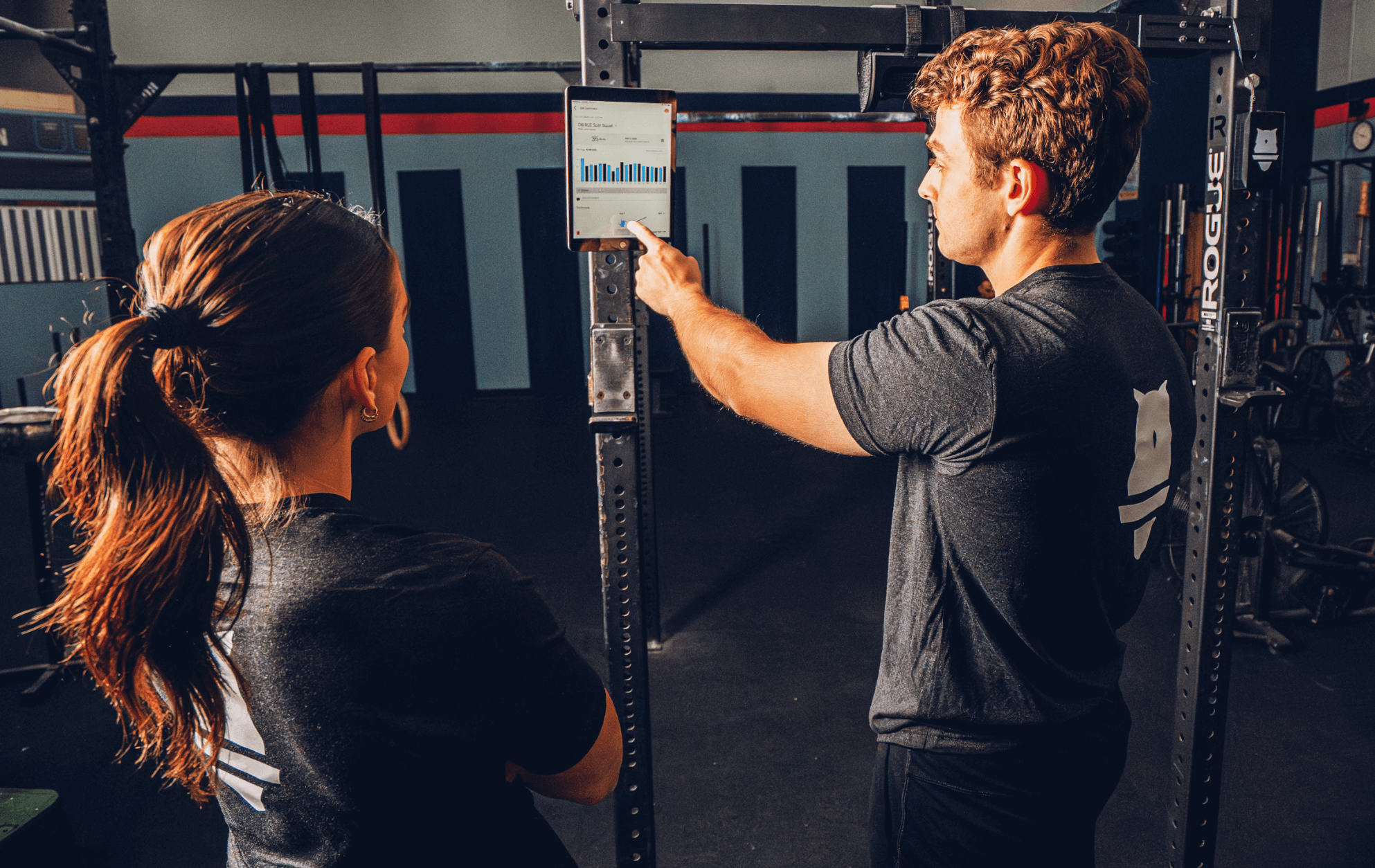
































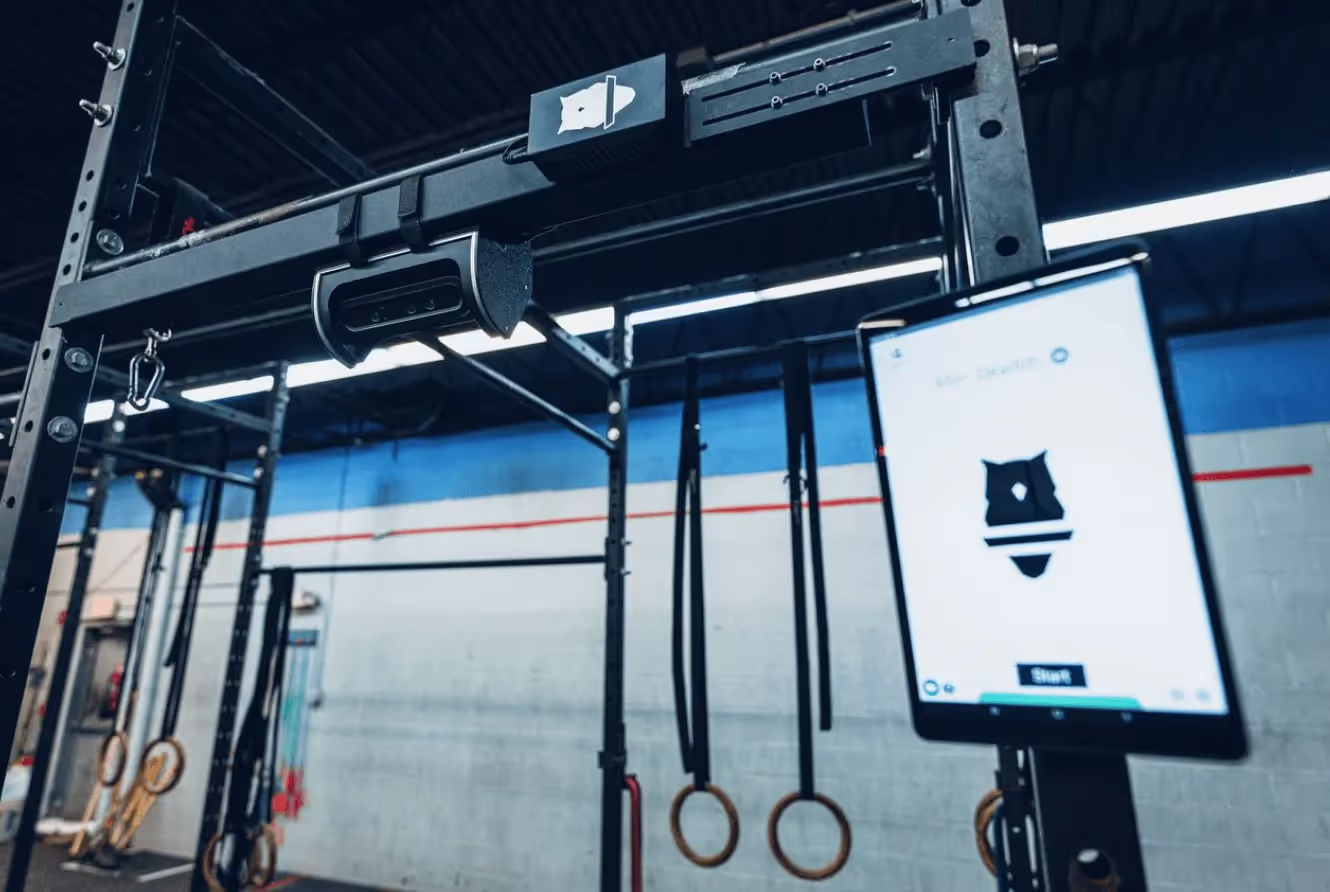
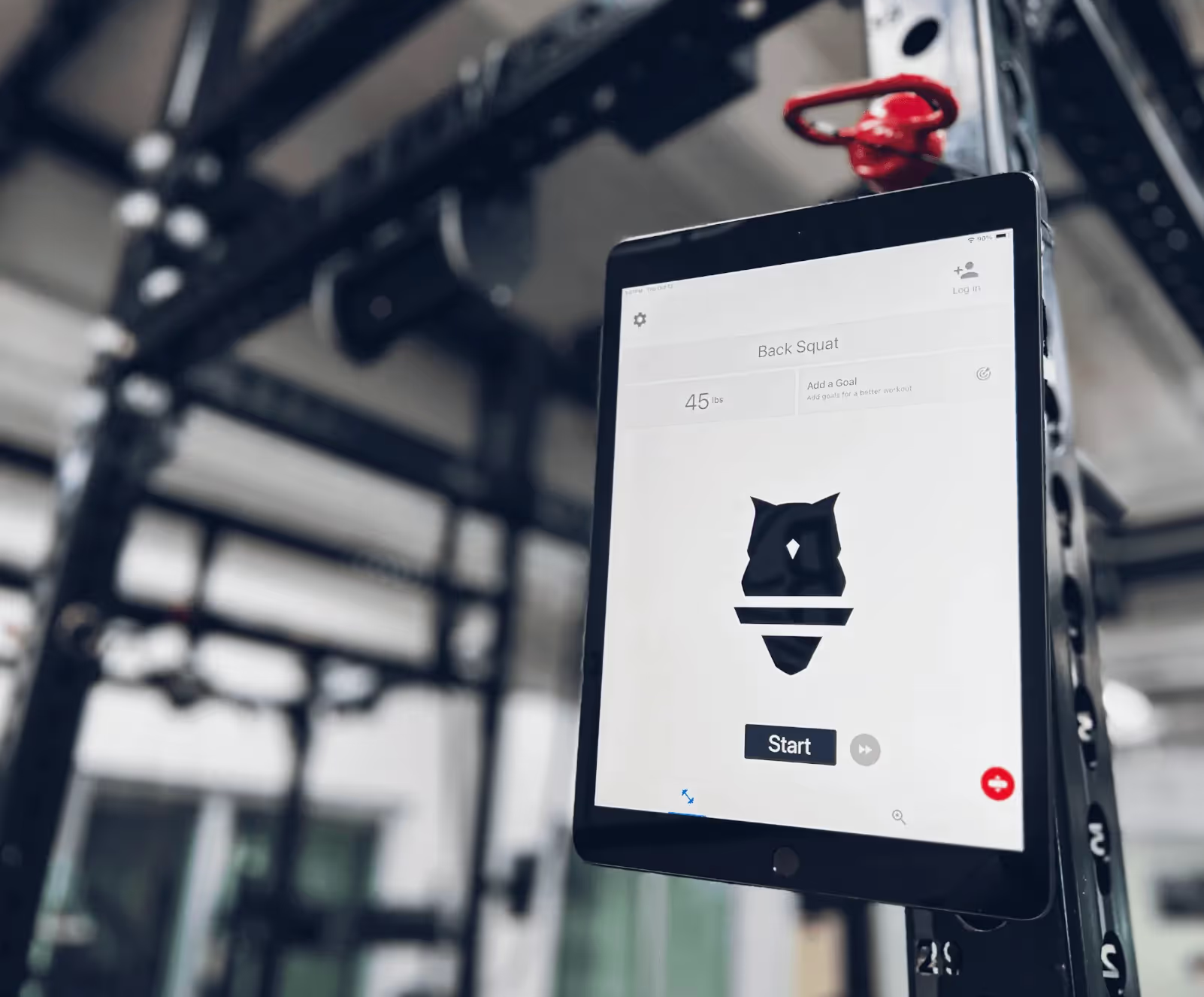



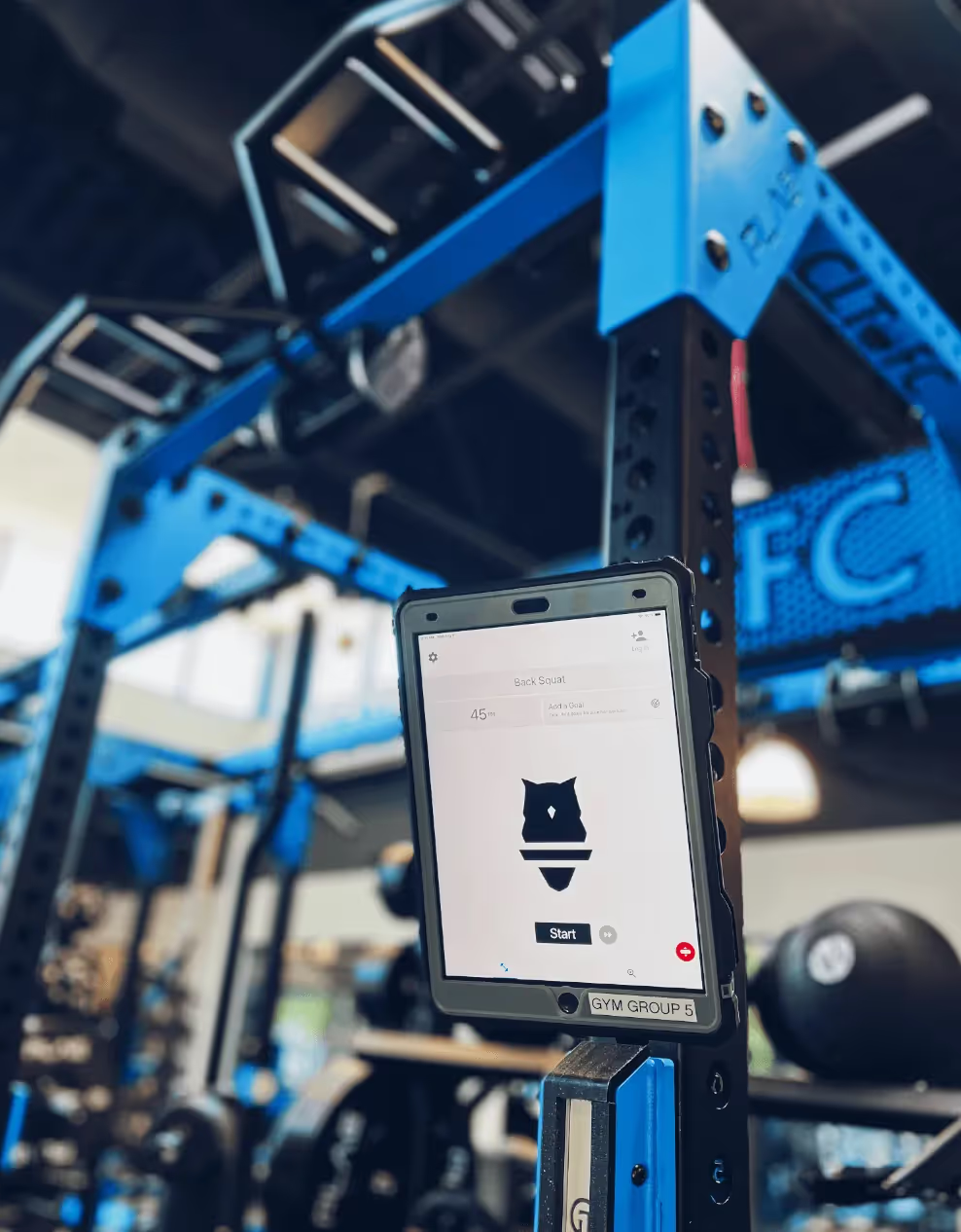
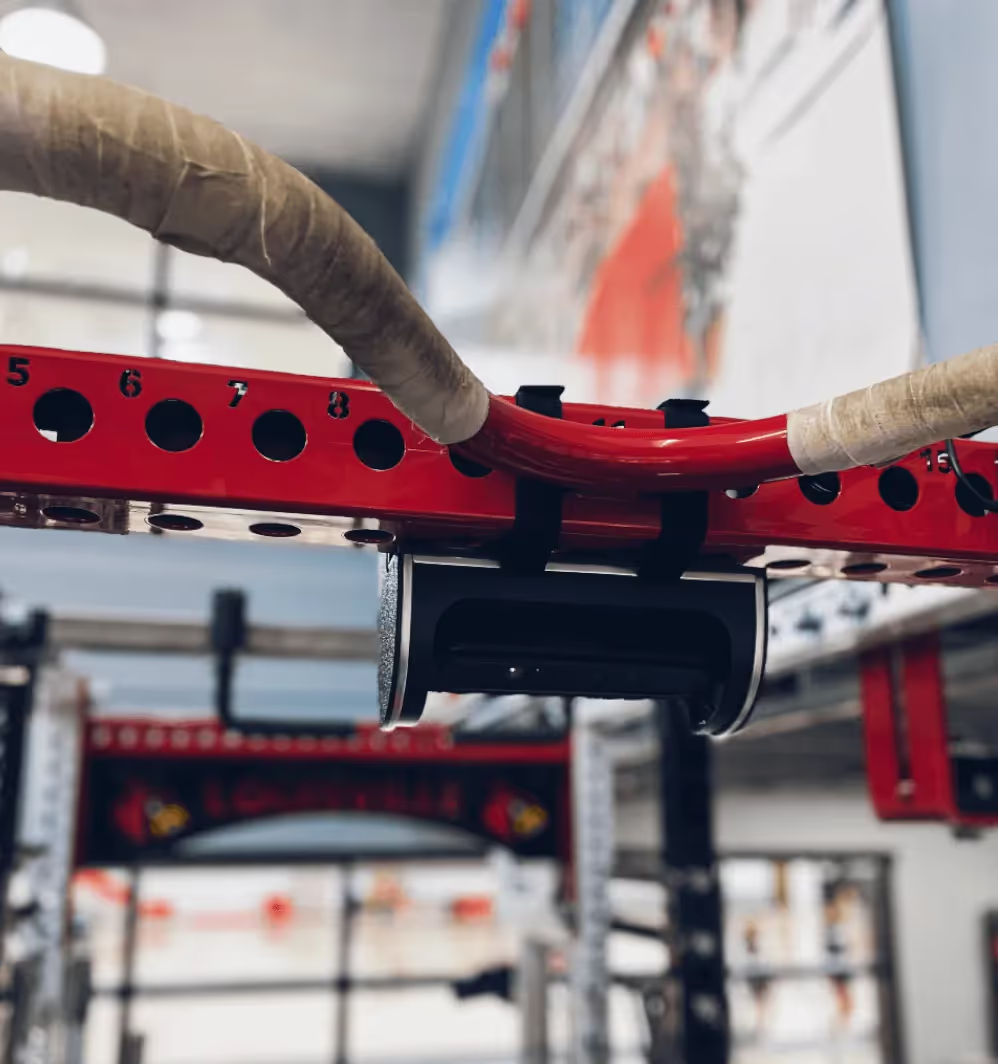












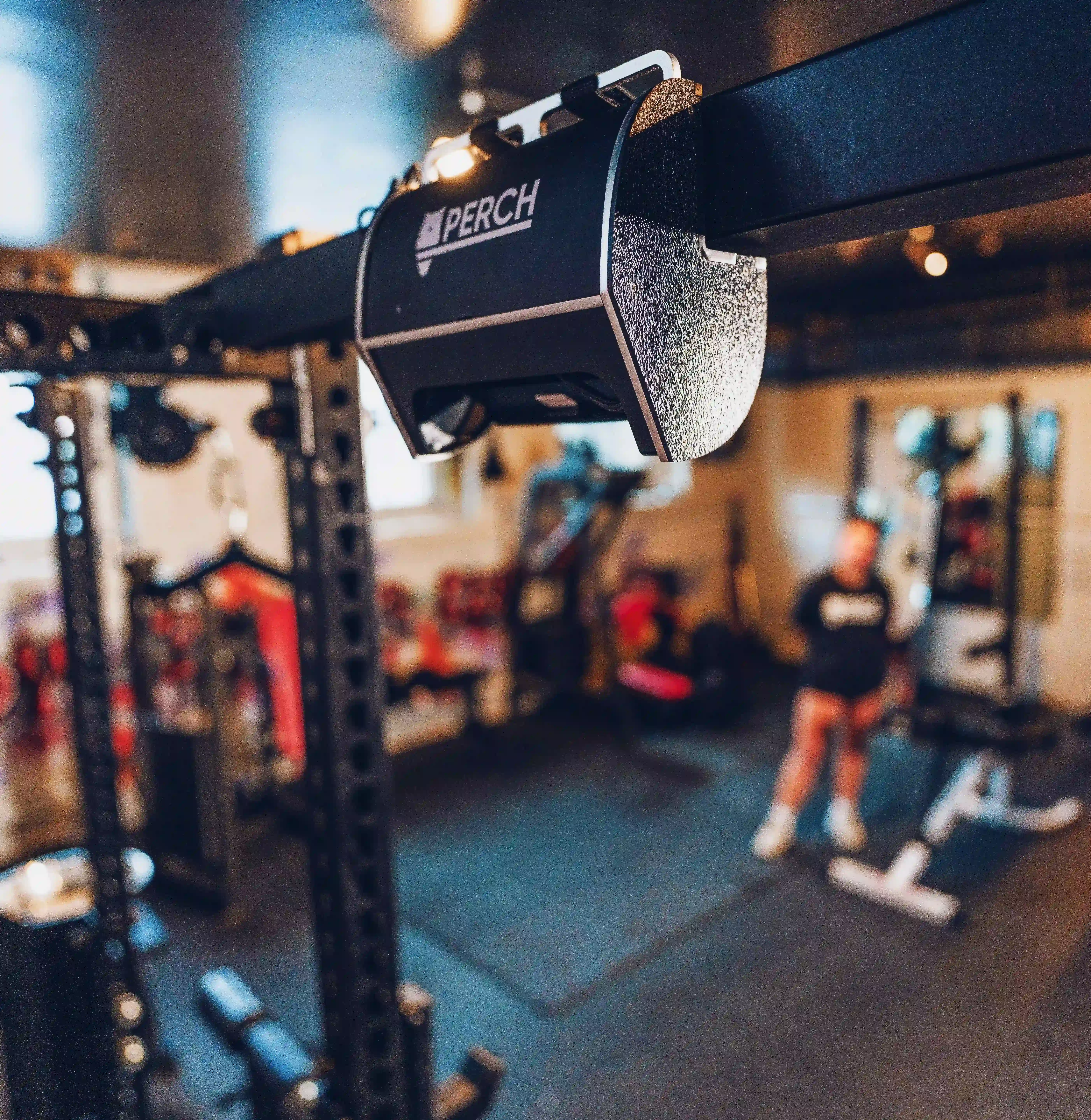
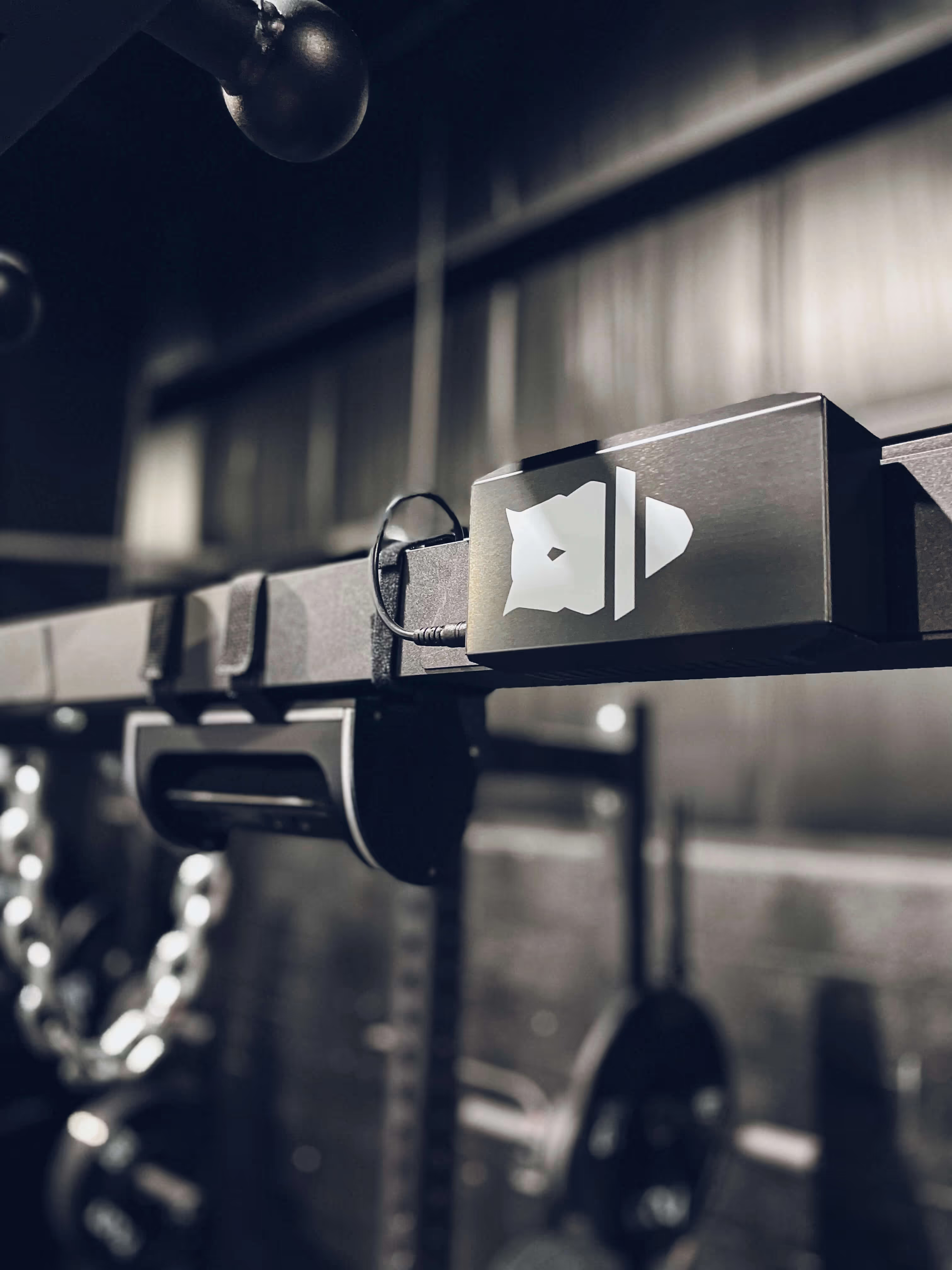

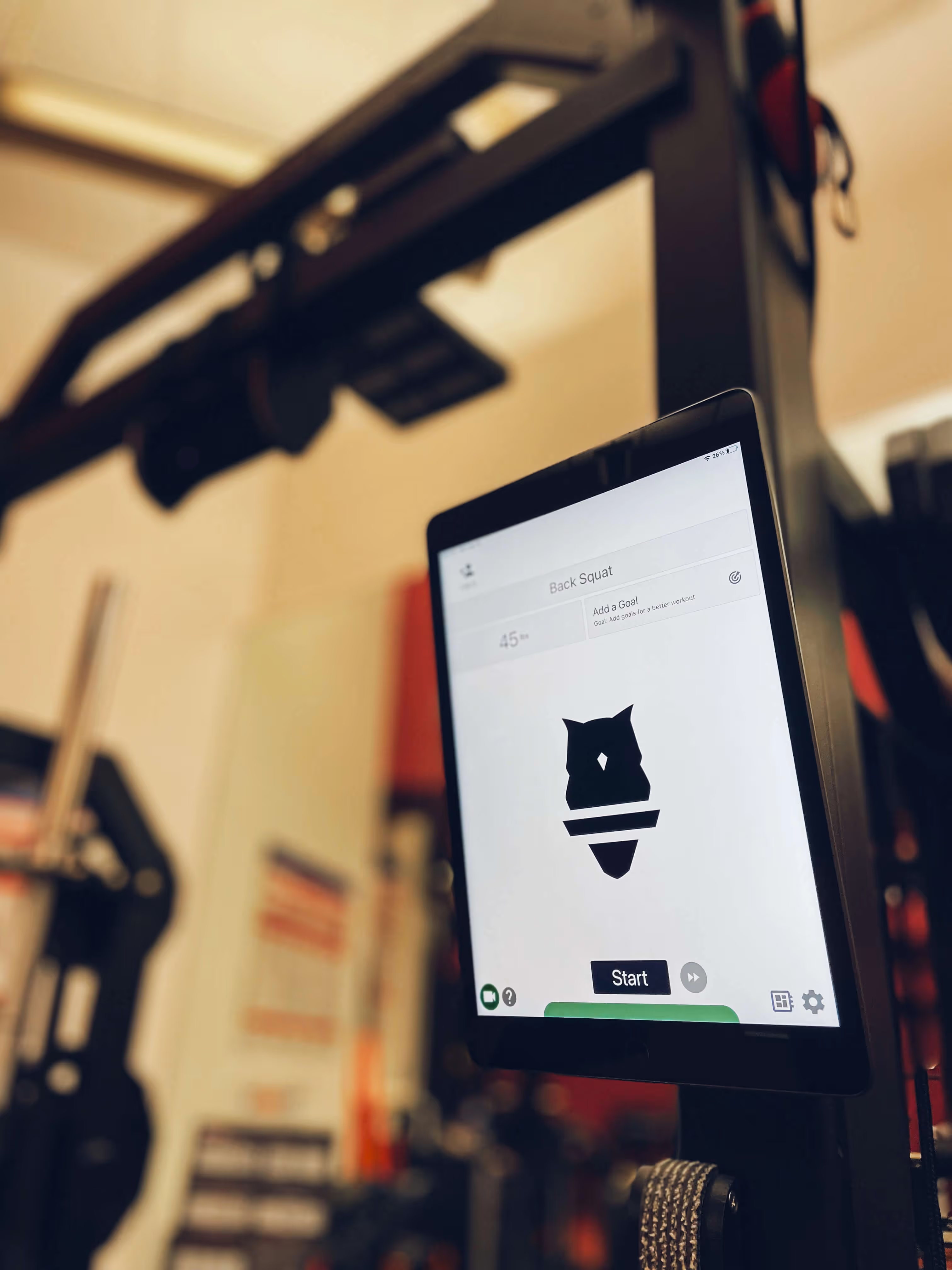








.avif)






